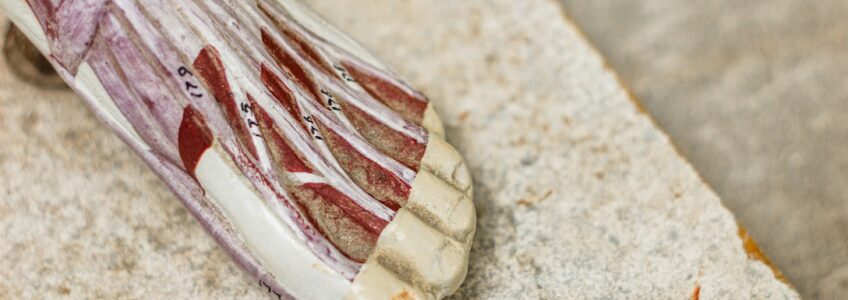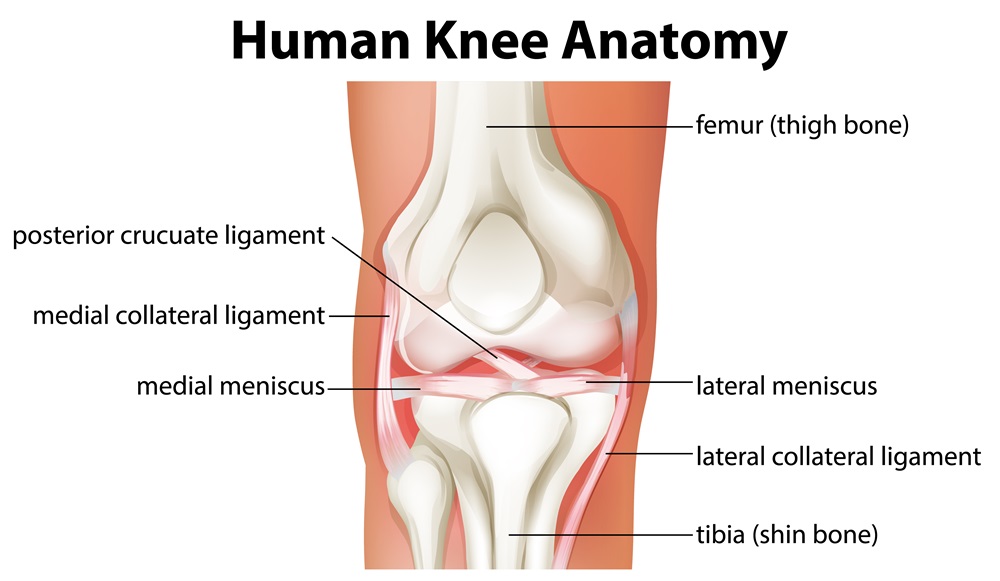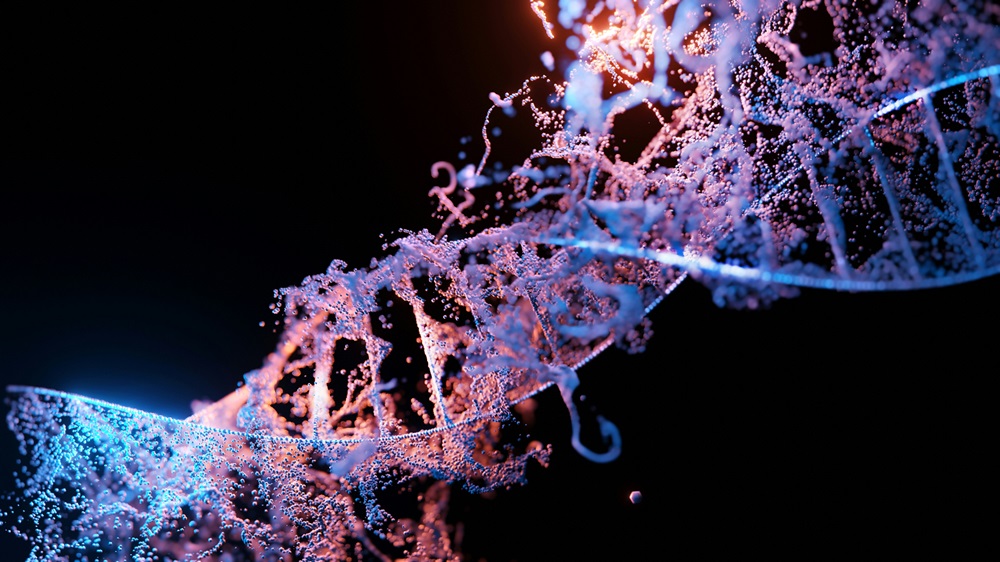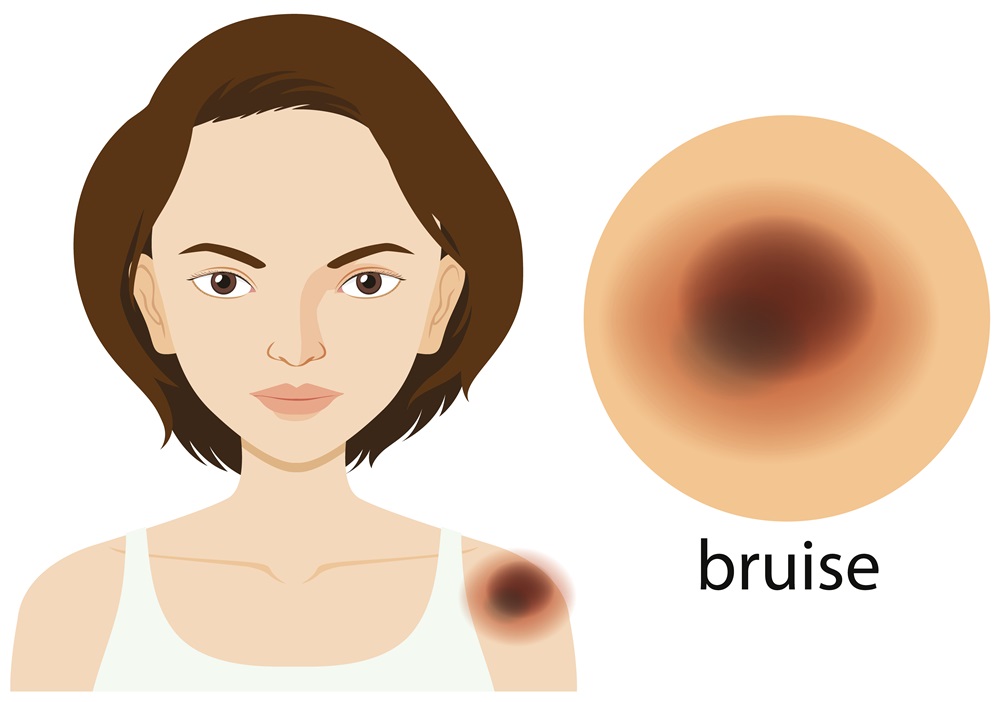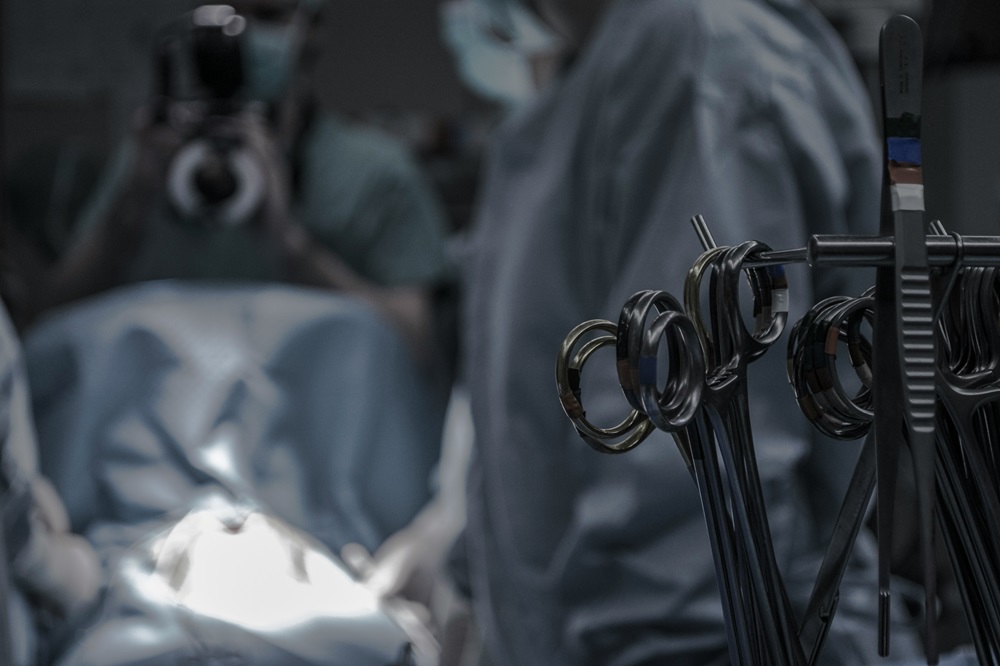Ligament rupture is a serious medical problem that can affect both humans and animals. Ligaments play an essential role in maintaining joint stability and can suffer damage from various causes.
Tearing a ligament is a serious injury that can affect the stability and functionality of that joint. Ligaments are strong fibrous tissues that connect bones together, thus maintaining the integrity of joints. When a ligament tears, the impact on the body can be significant, and the consequences can vary depending on the severity of the injury and the area affected.
In this article, we will explore the types of ligament tears, associated risk factors, specific symptoms, and available treatment options.
CONTENT:
- Types of Ligament Ruptures
- Risk Factors
- Symptoms of Ligament Rupture
- Treatment of Ligament Rupture
- Conclusion
Types of Ligament Ruptures
The knee joint, a complex structure essential for movement, can be subject to a wide variety of injuries, among the most common being ligament tears. In this article, we will explore four distinct types of ligament tears in the knee area and how they can affect the stability and functionality of the joint. Understanding these injuries is crucial for an appropriate treatment approach and avoiding long-term complications.
-
Anterior Cruciate Ligament (ACL) Rupture
The ACL is one of the four main ligaments of the knee and its role is to stabilize the joint. ACL tears are common and can occur as a result of trauma or sudden movement. Changing direction while running or jumping can lead to this painful injury. Because the ACL lacks the natural ability to regenerate efficiently, treatment ranges from conservative methods such as physiotherapy to surgery to reconstruct the ligament.
-
Rupture of the Medial Collateral Ligament (MCL)
The MCL ligament, located on the side of the knee, helps maintain lateral stability of the joint. Lateral impacts or twisting movements of the knee can lead to MCL tears. This injury is often encountered and, depending on the severity of the injury, may require conservative treatment, such as immobilization and physiotherapy, or, in more severe cases, surgery.
-
Rupture of the Lateral Collateral Ligament (LCL)
The LCL ligament, located on the side of the knee, can be injured from side impacts or hyperextension of the knee. LCL tears can vary in severity, and treatment may include non-invasive methods such as physiotherapy and exercise therapy, or, in more severe cases, surgery to restore stability to the ligament.
-
Rupture of the Posterior Cruciate Ligament (PCL)
The PCL ligament, located at the back of the knee, can be damaged by trauma or hyperextension of the knee. Although less common than ACL tear, PCL injury can have significant consequences on the functionality of the knee joint. Treatment may involve physical therapy to strengthen the muscles around the knee or, in more complex cases, surgery to reconstruct the PCL ligament.
Risk Factors
Ligaments are essential elements in the structure of the joints, ensuring the stability and mobility necessary for movement. However, ligament tears can occur due to various circumstances, affecting both people involved in intense sports activities and those who have genetic predispositions. In this context, we will explore the risk factors associated with ligament tears and their impact on joint health.
1. Intense Physical Activities
Sports that involve sudden changes of direction, repeated jumping or direct physical contact significantly increase the risk of ligament tears. Athletes participating in sports such as football, basketball or alpine skiing are more exposed to this risk because they put considerable pressure on the joints during their activities.
2. Age
Ligament tears are more common in young people, especially teenagers and young adults, because they are more likely to engage in intense sports activities. However, older people are not completely exempt from this risk. Ligaments become more prone to wear and tear and lose elasticity over time, increasing the likelihood of injury even in the absence of intense physical activities.
3. Genetics
Genetic predisposition plays an important role in susceptibility to ligament damage. There are significant individual differences in ligament structure and strength, and these variations can be genetically transmitted. Thus, a family history of ligament injuries may increase an individual’s risk of such injuries.
Symptoms of Ligament Rupture
Joints, essential components of the musculoskeletal system, are vulnerable to various injuries, including ligament tears. They can affect not only athletes or people involved in intense activities, but also anyone exposed to traumatic situations or unusual efforts. In this context, we will explore the common symptoms of ligament tears and their impact on patients.
-
Intense Pain
One of the most obvious and common symptoms of a torn ligament is intense pain felt in the affected joint. This pain can be acute and persistent, increasing in intensity at the time of injury and persisting for a long time.
-
Swelling and Bruises
Tearing a ligament can trigger an inflammatory reaction, causing the joint to swell. In addition, bruising or bruising may develop in the affected area as a result of bleeding into the tissues. These external signs often indicate a serious injury.
-
Limitation of Movements
Patients with ligament tears may experience significant difficulty fully bending or extending the affected joint. This can interfere with normal movements, affecting the ability to carry out daily activities or sports.
-
Abnormal Sounds
At the time of injury, some patients may feel or hear abnormal sounds in the area of the joint, such as a pop or crack. These noises may be the result of ligament tears or changes in the structure of the joint at the time of the injury.
Treatment of Ligament Rupture
Ligament rupture, a serious injury that can affect joints and mobility, requires a complex and careful approach to treatment. Depending on the severity of the injury and the individual needs of the patient, treatment options can range from conservative methods to surgical interventions.
In this context, we will explore the treatment options available for ligament tears and the role of each in the recovery process.
1. Pain Management
To relieve initial pain and inflammation, taking anti-inflammatory medications and applying ice are common methods. These not only help control discomfort, but also reduce swelling, creating a conducive environment for the initial healing of the affected ligament.
2. Physical Therapy
Physical therapy plays a crucial role in full recovery after a torn ligament. Specialized exercises, adapted to the individual needs of the patient, can help strengthen the muscles around the affected joint, restoring its stability and functionality. Through this process, mobility is improved and the risk of long-term complications is minimized.
3. Immobilization and Rest
In some cases, to allow the ligaments to heal, it may be necessary to immobilize the affected joint. Splints or braces may be used to limit joint movement and reduce pressure on the torn ligament. Adequate rest contributes to the healing process and prevents exacerbation of the injury.
4. Surgery
In severe cases or when conservative treatments do not produce the desired results, surgery may be an option. This often involves reconstructing the torn ligament, often using tendon grafts or other advanced techniques. Surgery aims to restore stability and functionality to the joint and may be a choice especially for professional athletes or active people who want a quick and complete recovery.
Conclusion
Ligament rupture can significantly affect a person’s or animal’s quality of life and ability to move. Early identification of symptoms and implementation of appropriate treatment are crucial for optimal recovery and avoiding long-term complications. Consultation with a medical or veterinary specialist in the case of animals is always essential for an accurate diagnosis and an effective treatment plan.


